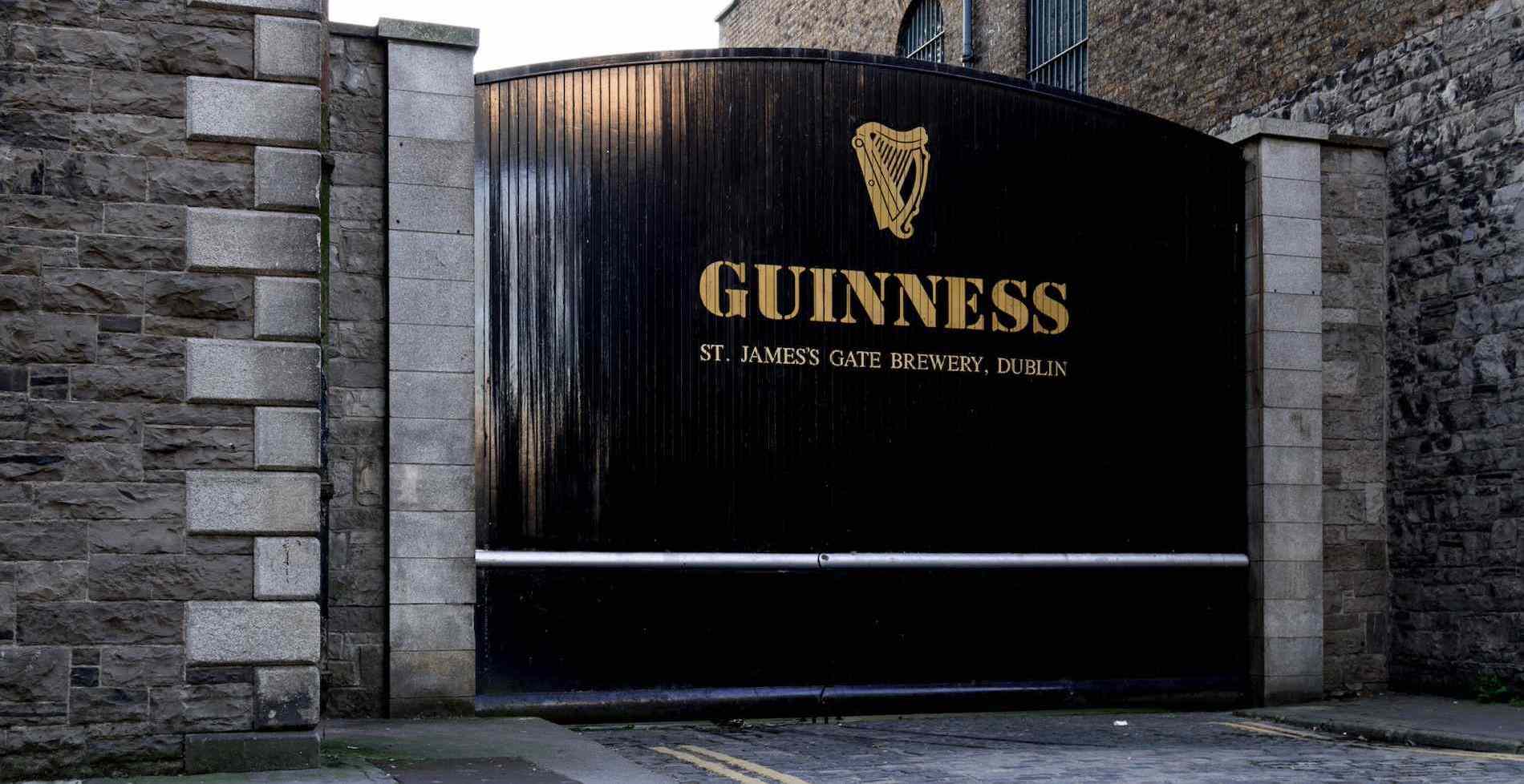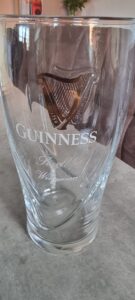09 Aug

I was recently lucky enough to take a trip to Dublin, and I suppose when in Dublin some of the must do attractions are the breweries and distilleries that Dublin has to offer. The first and foremost of those is the Guinness Storehouse at St. James Gate, even if I’m more of a whiskey man (Jameson’s has always been a favourite of mine and that is a great tour to do if you find yourself in Dublin).
First and foremost, the Guinness Storehouse is HUGE. As the original site set up by Arthur Guinness and then developed and turned into a tourist attracting behemoth it is today through lots of development (I can imagine at a large cost) with over a million visitors a year trying to find space in the 7th floor Gravity Bar, it got me to thinking, what is the value of it?
Now Guinness has an estimated brand value of $2.59 billion dollars and sells around 1.8 billion pints a year so they can afford to make these sort of investments without a huge impact on the bottom line, and I could do a whole other blog on the business model of breweries and distilleries, Aber Falls in Wales is a great example, so today I’ll just focus on the Storehouse itself as an entity, and it’s point.
For anyone who’s been you come into the ground floor and see the floors above and the glass panels with the shop on the ground floor and you progress up through multiple floors talking about the whole process from the ingredients used, the roasting and brewing process, the innovative advertising campaigns, tasting and finally you reach the top floor with one of the best views of the city and trade in your ticket for a perfectly poured pint of Guinness. So what is the point of the Storehouse and what can startups learn from it?
The North Star
Now the North Star of any visitor attraction is to attract as many visitors as possible. Easier said than done in reality, for €20 a ticket you need to provide a lot of value considering most museums in Dublin are free. Now the pint at the end is included and assuming you want a standard Guinness, that can be upwards of €9 that takes up a chunk of the ticket value, but is that enough to attract visitors? Probably not.
So the real way to get more visitors is to focus on the experience and value, not the price. And that’s something (with the money Guinness can spend) the Storehouse has managed, with floors of history and processes with interactive exhibits and an amazing water display it certainly creates memories that will get people talking, I mean I’m doing it now. But there has to be a balance to this, as if you’re only generating €20 per visit and with the overheads over running something that large, you may not be open long.
The MVB
Now most people have heard of MVPs and understand the concept but more recently I’ve stopped talking purely about MVPs as they just don’t cover enough. Instead I’ve started talking about the Minimum Viable Business (MVB), as it both encompasses the thinking that goes into an MVP and extends it to the business as a whole.
So applying this to the Storehouse how can you ensure that you generate enough revenue to make it worthwhile? We’ve discussed ticket sales and said these probably aren’t enough to justify the cost, so how does the Storehouse and almost every other attraction like this supplement its income…upselling and merchandise.
And here is where the MVB principle stands out, as the experience would still work without the shop, but sometimes you need to add in more features than the minimum to ensure the business is viable, both commercially and also from an operational standpoint. Now the Storehouse shop takes up the whole bottom floor right at the entrance and exit, prominently placed to get you thinking about merchandise as you enter and as you leave to pick up something to remember the trip after a few pints of Guinness on the way round. And it works, I myself bought a pint glass etched with Startup Wingman on!!
So what can we learn from all of this for startups?
We all have our North Star and what we want to achieve with our business, and thinking about your MVP is a great place to start to get your business off the ground in a lean way and maximise the distance you can get with as few resources as possible. But you have to balance that with the operational need and sometimes a little reality as to what your business is going to need. Now that isn’t too say everything should be short term thinking and just dealing with the now and throwing your vision away, but there has to be some realism, you can build towards that north star over time but the main thing is making sure you give yourself enough time to get there.


